
IN CONVERSATION WITH SOPHIE THATCHER
Sophie Thatcher, best known for her role in the critically acclaimed series…
Photography by Jason Renaud; Interview by Louise Garier
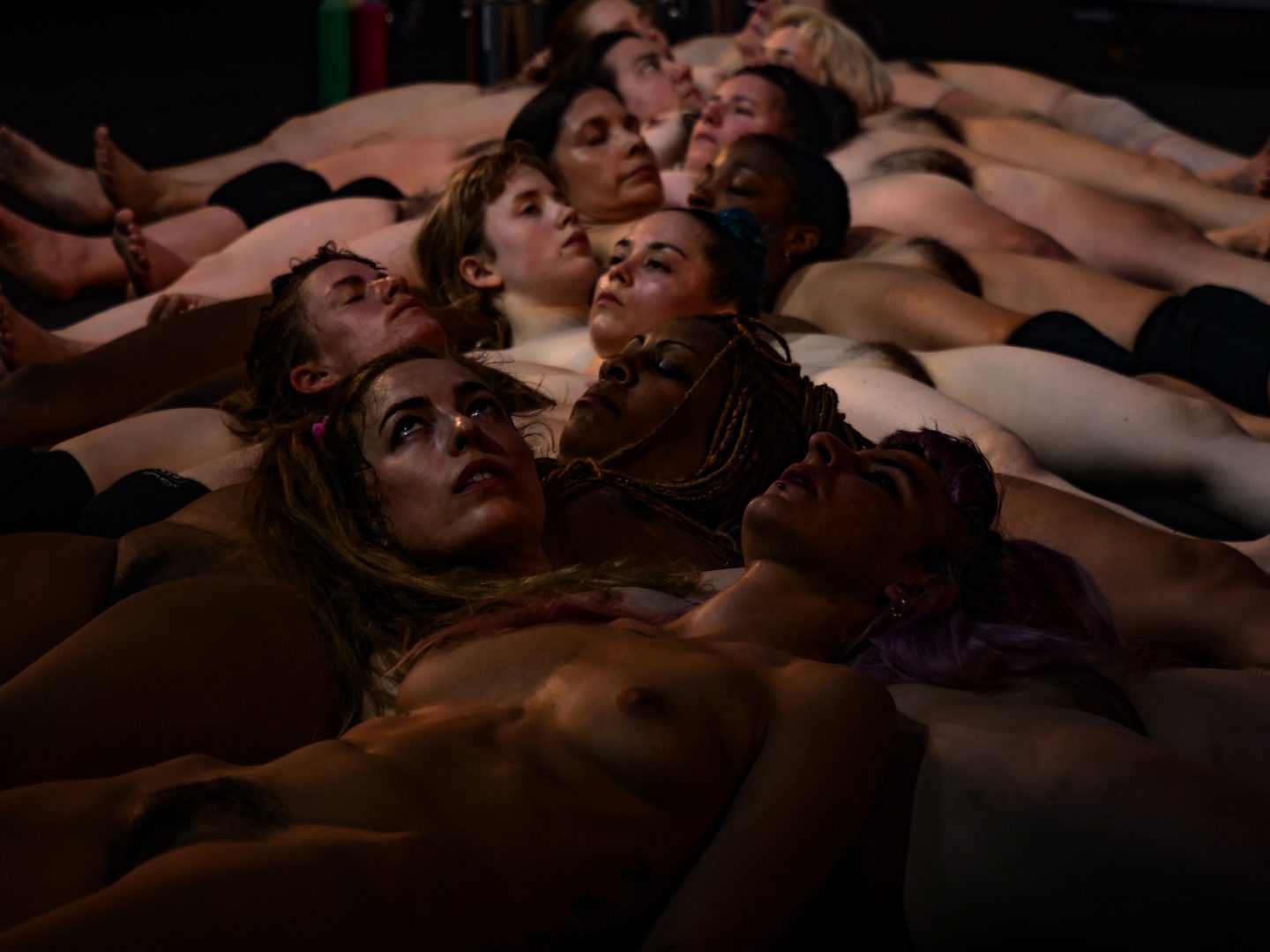
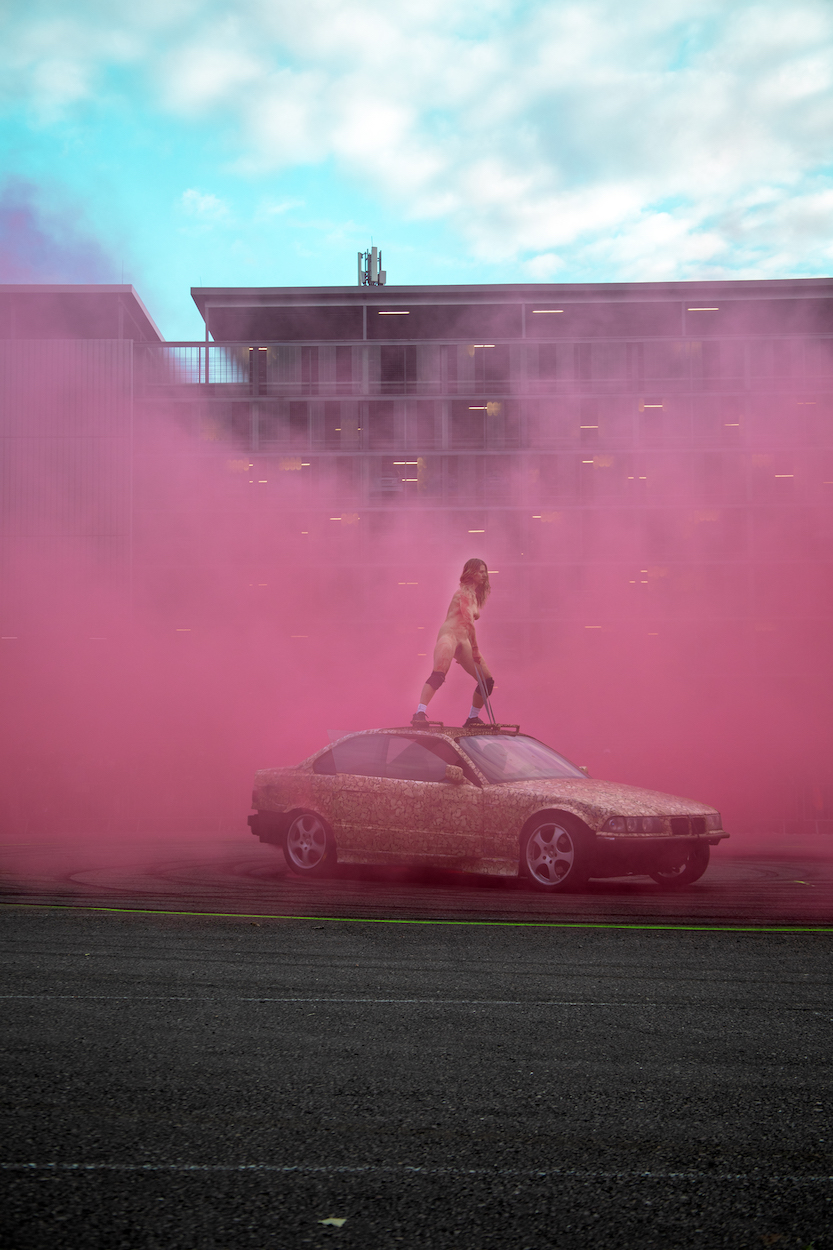
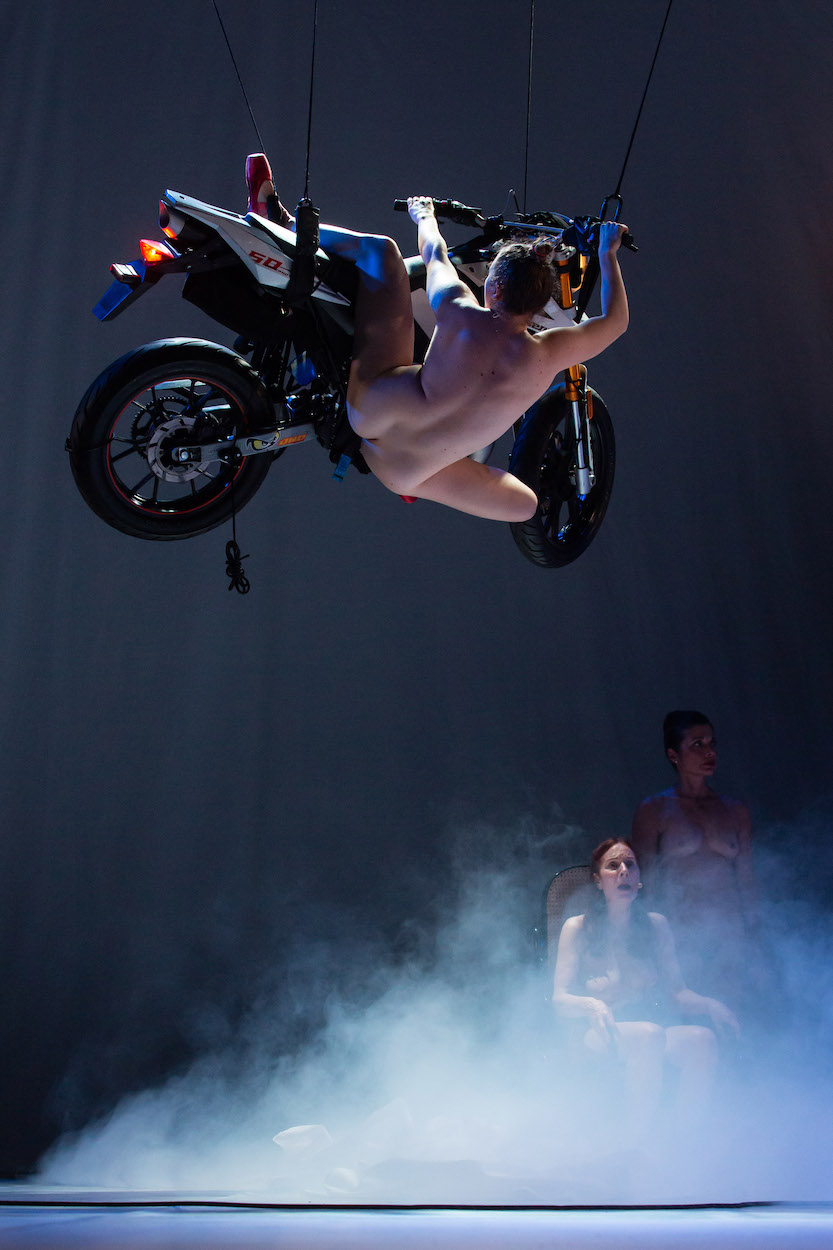
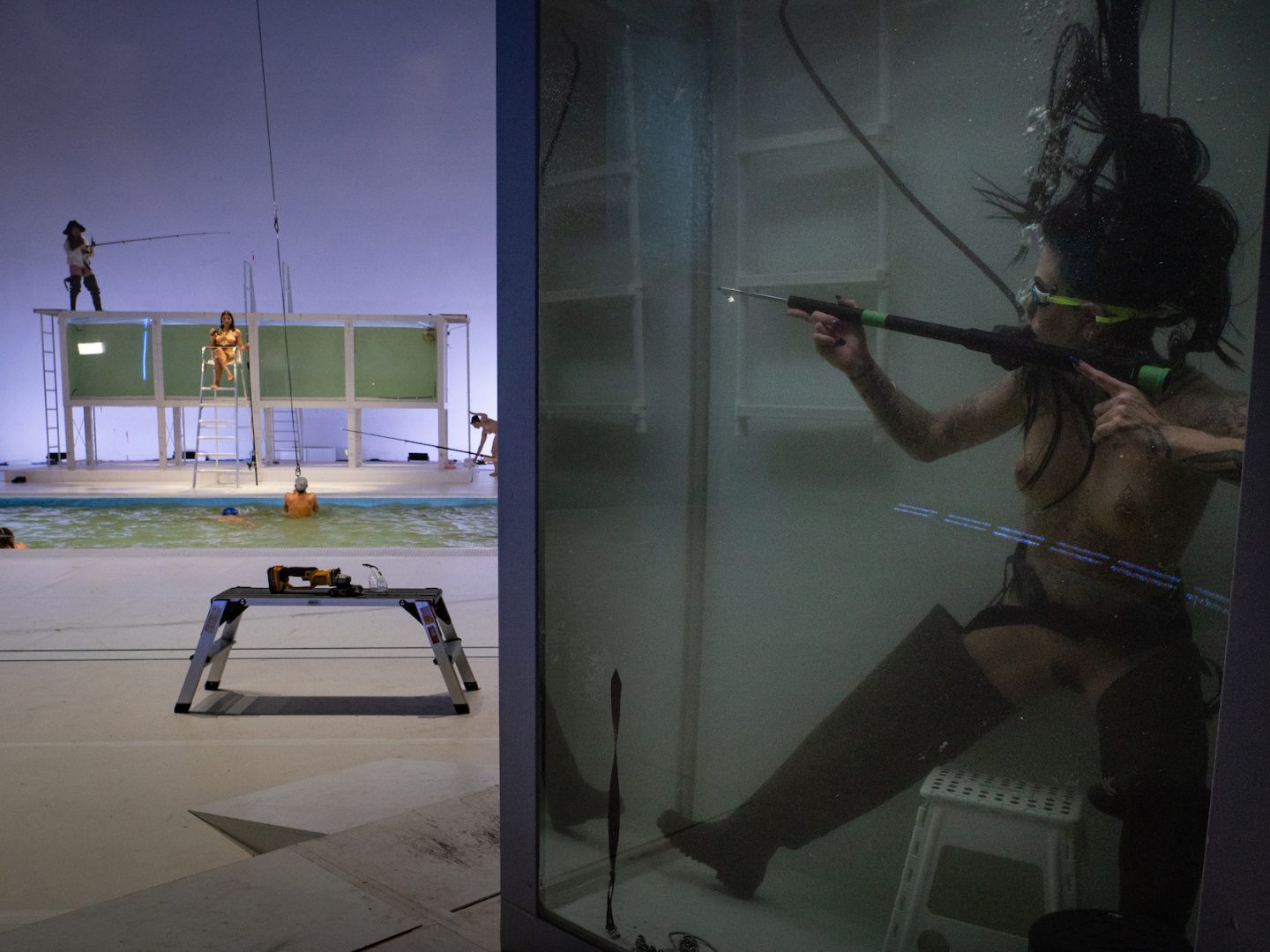
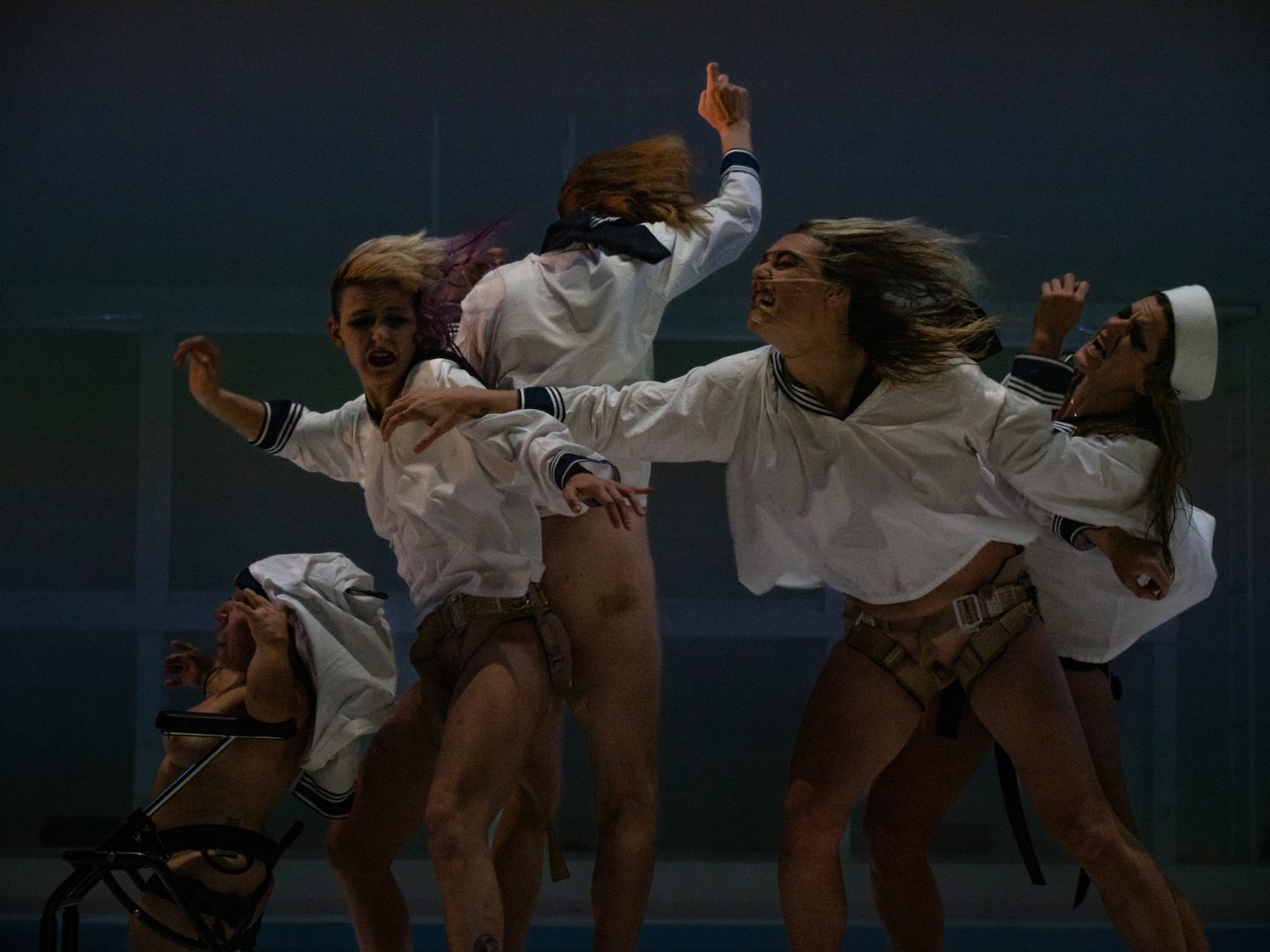
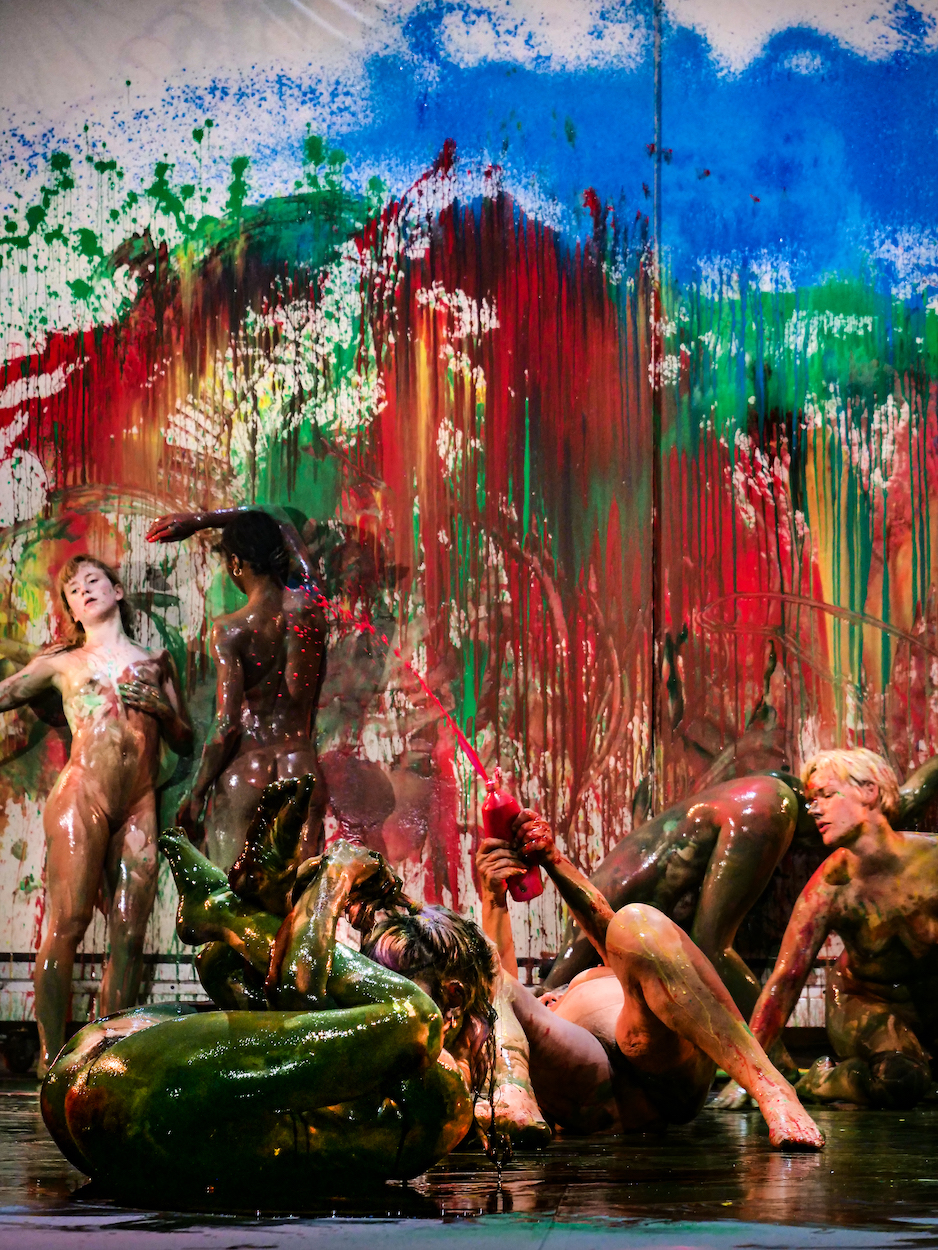
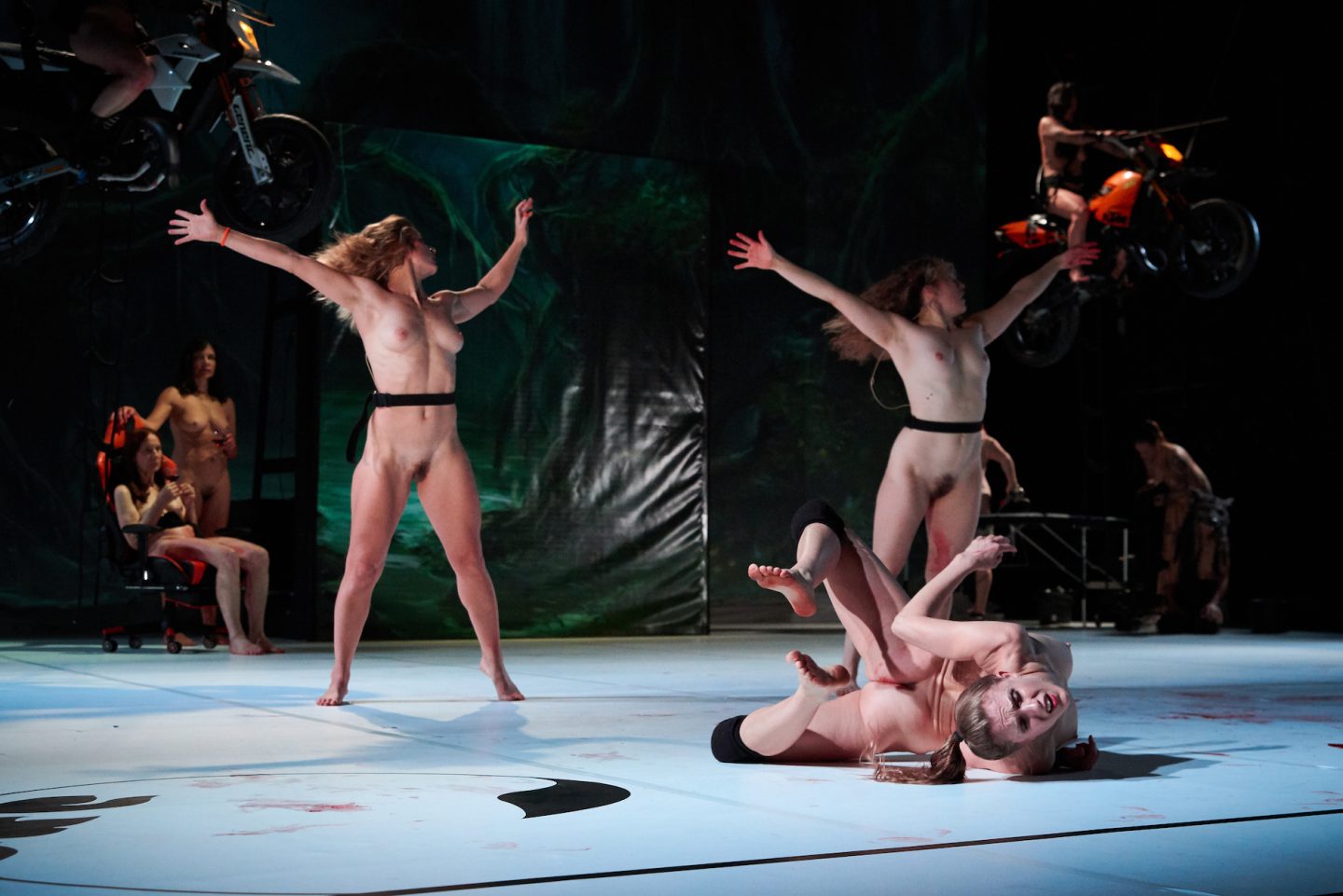
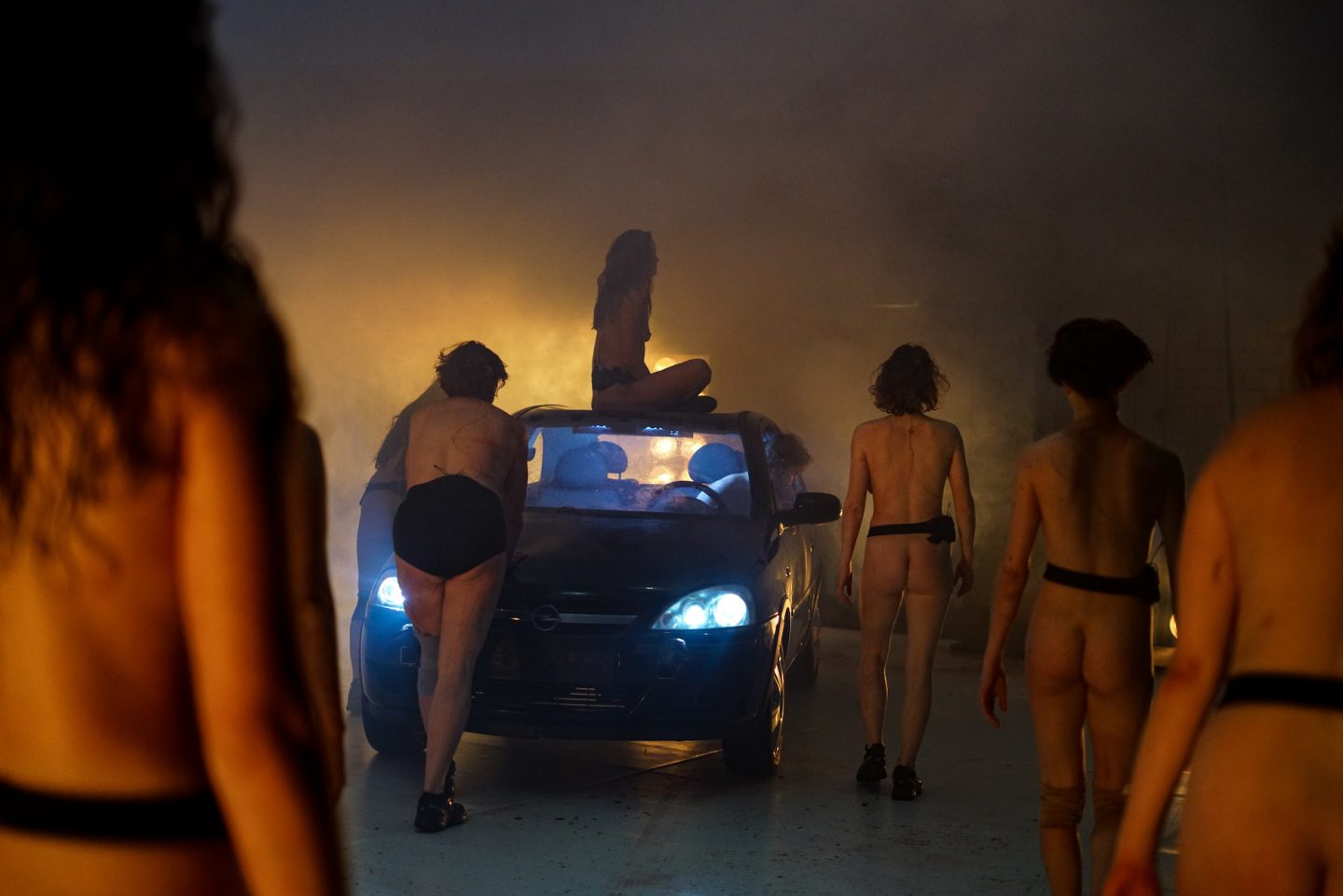
Florentina Holzinger is one of the most emerging and arguably fascinating voices in contemporary experimental performance art.
In doing so, she questions and explores the limits of physicality and conventionally prevailing ideas – and often leaves her audience wondering.
As part of this year’s Berlin Atonal, festival for experimental music, performance and visual art, Florentina Holzinger presents her publicly effective study “Étude For Church”
Yes, I didn’t literally mean senseless, but functionless, it has no concrete function or practical use. The metaphysics, which dance deals with a lot, has always interested me and is also inexhaustible inspiration – at the same time it was always clear to me: dance is functionless and therefore you don’t need to take it so obsessively seriously. That’s why it’s the constant underdog of the art forms – but I experience exactly that thing about it as very refreshing and pleasant.
I like humor. For me, art can be complicated, defying, questioning the social consensus, cynical, and a challenge to everyone involved. I expect a lot from my audience: openness, trust, participation, courage and above all time.
Beautiful and ugly, good and bad – what fascinates me about art and especially dance is that these supposed opposites are so close together and interchangeable.
“The body is formed by the specific life itself and how it is treated.”
My approach to the body and the physical is a very material one – I don’t like to work psychologically. The body is formed by the specific life itself and how it is treated. Besides, this fleshly construct is a projection surface. For me the body alone holds a lot of interesting information and stories, for that you don’t even have to move… And I am interested in dance as a transformation technique. Through the dance or also through training I decide which form I represent today in a world full of other forms. I have a very formal approach to dance, but at the same time it’s clear that I present the body from the outside, but also everything inside of the body, the object that no one wants to see. And also things that we do not necessarily recognize.
I got tired of costume and reflections on it at some point. Even our set has to be primarily functional and allow the bodies on stage to do something specific. Fashion bores me and decor takes up space.
It’s just not necessary with us. I’ve always been more interested in what’s underneath, what’s happening ‘behind closed curtains’. I’ve found it somehow liberating to show the body at work and not just in anything private or sexualized. With us, the body is also often mechanics, and the more of the scaffolding you see the more direct it is as a medium. Also, the dancer has long been considered ‘the best’, the one who offered the best erotic projection surface, the greatest sexual attractiveness according to standards.
This already triggered me as an adolescent dancer, and as a result I am very concerned with the issue of gender representation on stage. There are a zillion different reasons and must have a new necessity for me from project to project. Aesthetic decisions can also play a role and cultural-historical references for example, (like the topos of the ‘naked bathers’ in Ophelia’s Got Talent). Or, of course, a relief of the production budget.
Probably one can call it like that. In the best case the body is an object for me: a machine for special effects. My research is to explore and challenge the potential of this machine. Those who know my work know that I am not interested in moral attributions.
“In theater, I’m very interested in illusion, illusion with rather meager means as they are still common here: Spots as sun, fog machines and fans.”
The theater offers a space in which other rules of a game can be defined. For me it is one of the safest places of all. The contract between audience and performers is so clear and defined. One party pays and then conventionally sits in the dark for 1-2 hours to watch others perform different simulations of reality. It is totally absurd! It’s different in our outdoor experiences, and it feels necessary for us to break out of the black box every now and then, because it has its own limitations. But the black box remains for me the place where one can define and influence the circumstances the most. In theater, I’m very interested in illusion, illusion with rather meager means as they are still common here: Spots as sun, fog machines and fans. Fantasies can be played out and utopias can be tested.
Well, fears can be extremely good and useful, but also the source of a lot of unnecessary violence. Just the fear of death makes people do the craziest things. It seems to make sense to me to deal with it and to confront fears, so that one learns to deal with them and to transform them into something constructive. The performative space, this Punch and Judy show for adults, at least offers us a good outlet – so we don’t have to run through the city with machine guns.
“The first idea for Atonal was a human bell. A hybrid of bodies and a 2 ton iron bell.”
Etude for Church is a part of a series of etudes that I have been performing with my team in public spaces since 2020. The essence of these etudes is the very literal creation of sound with and through the body as an instrument. I played a lot of Chopin on and off the piano as a child.
The repetition of technical difficulties plays into the definition of an etude- I wanted to represent that musically as well as to ’embody’ it.
Stunt elements usually play a big role in our etudes, we like to use the effects repertoire from stunts for sound production (crashes, collisions, etc).
In this etude, however, things will be a bit quieter, but there will still be stunt performers as musicians. The first idea for Atonal was a human bell. A hybrid of bodies and a 2 ton iron bell. The whole thing has now evolved into a noisy tryptich. So yes here we are certainly working off of certain symbolism and rituals from Catholicism and their relation to physicality. It becomes very straightforward a musical composition for a bell and 5 bodies.
I like experiments. I associate it with a lot of cool things: failure is an integral part of an experiment and therefore risk, but also the possibility to experience something unique or first time. I like it when people really try something, a lot of people don’t do that because they are afraid of the unknown or of failure. Those are people who take art very seriously
That’s exactly what I think about before every new show…

Sophie Thatcher, best known for her role in the critically acclaimed series…
Photography by Jason Renaud; Interview by Louise Garier

FOTOGRAFISKA X LML Adina Bier, the curator and innovative force behind the museum…
Photography by Sascha Rebrikov Interview by Louise Garier

"We have to create something that has a purpose and is useful. And not forced by the…
Interview Carolin Desiree Becker